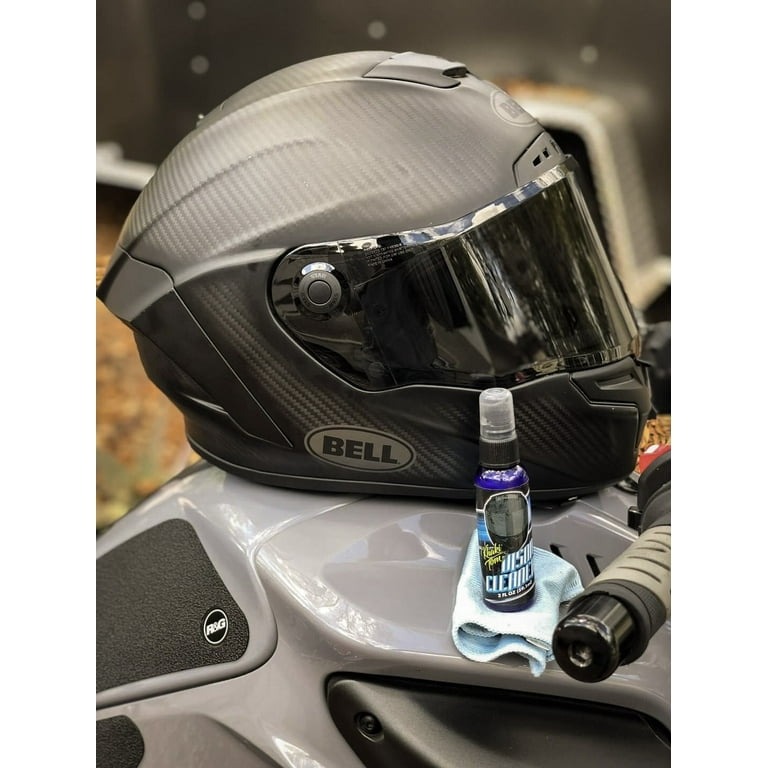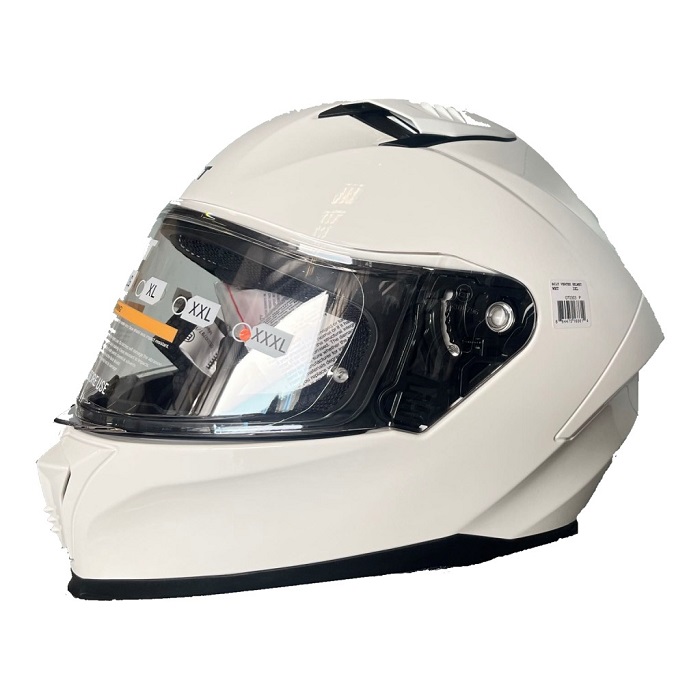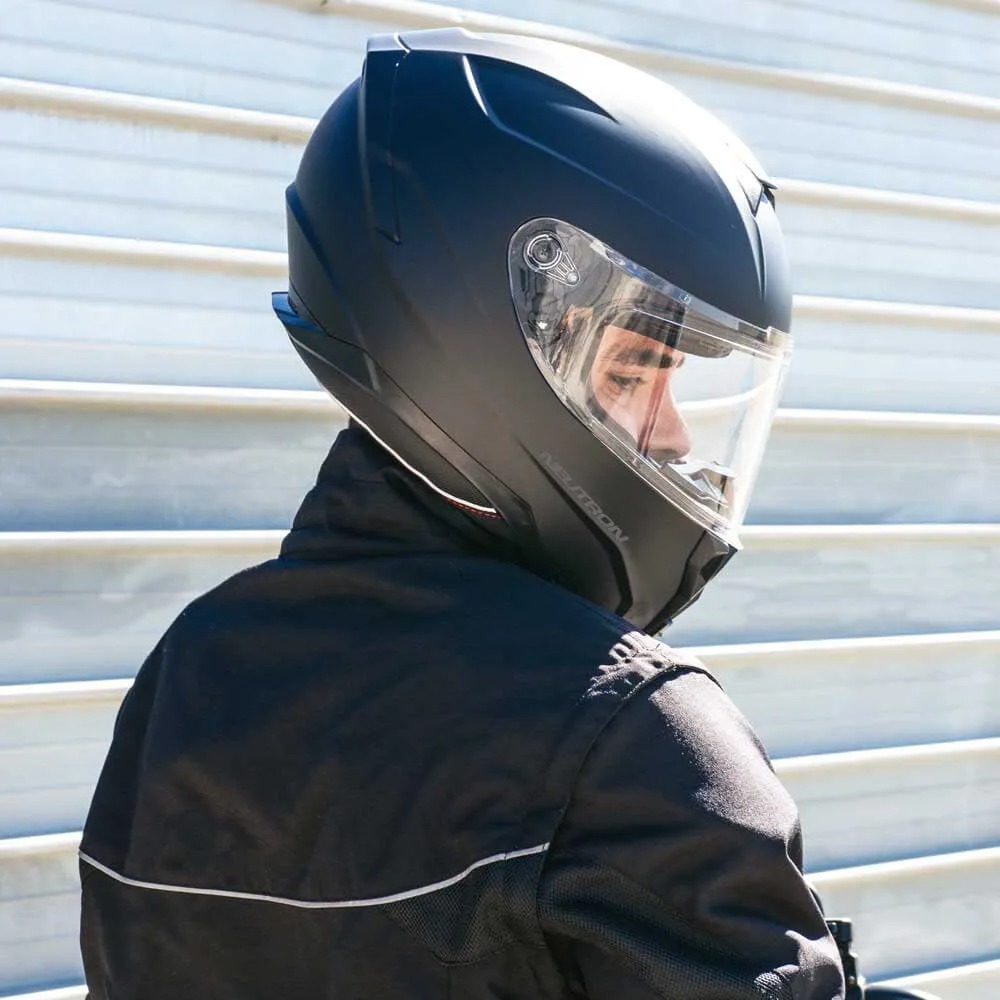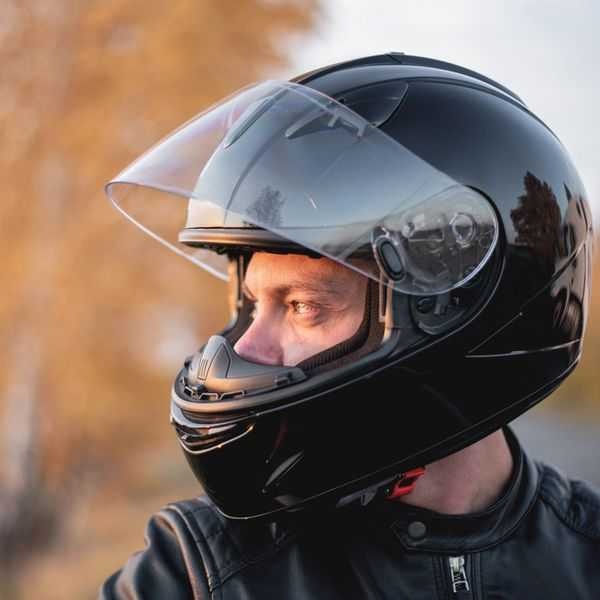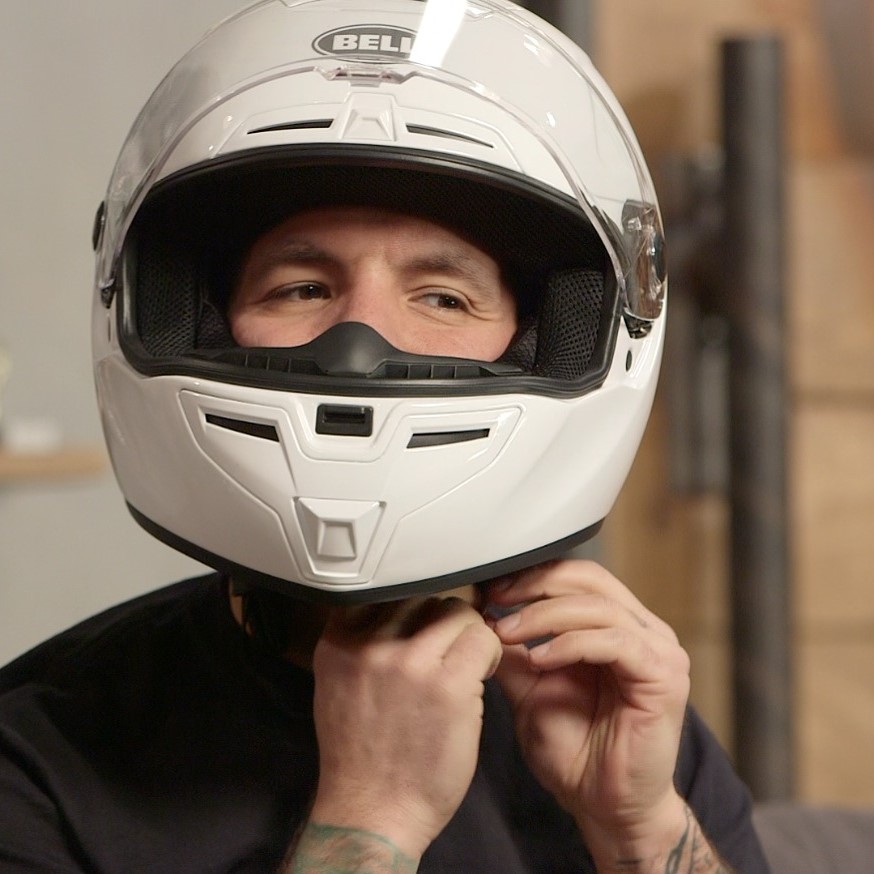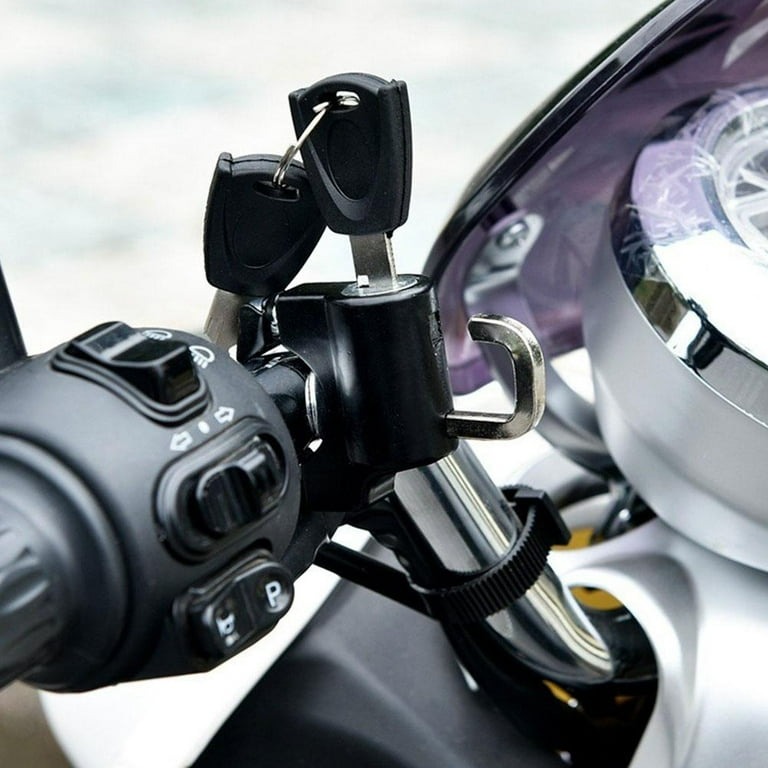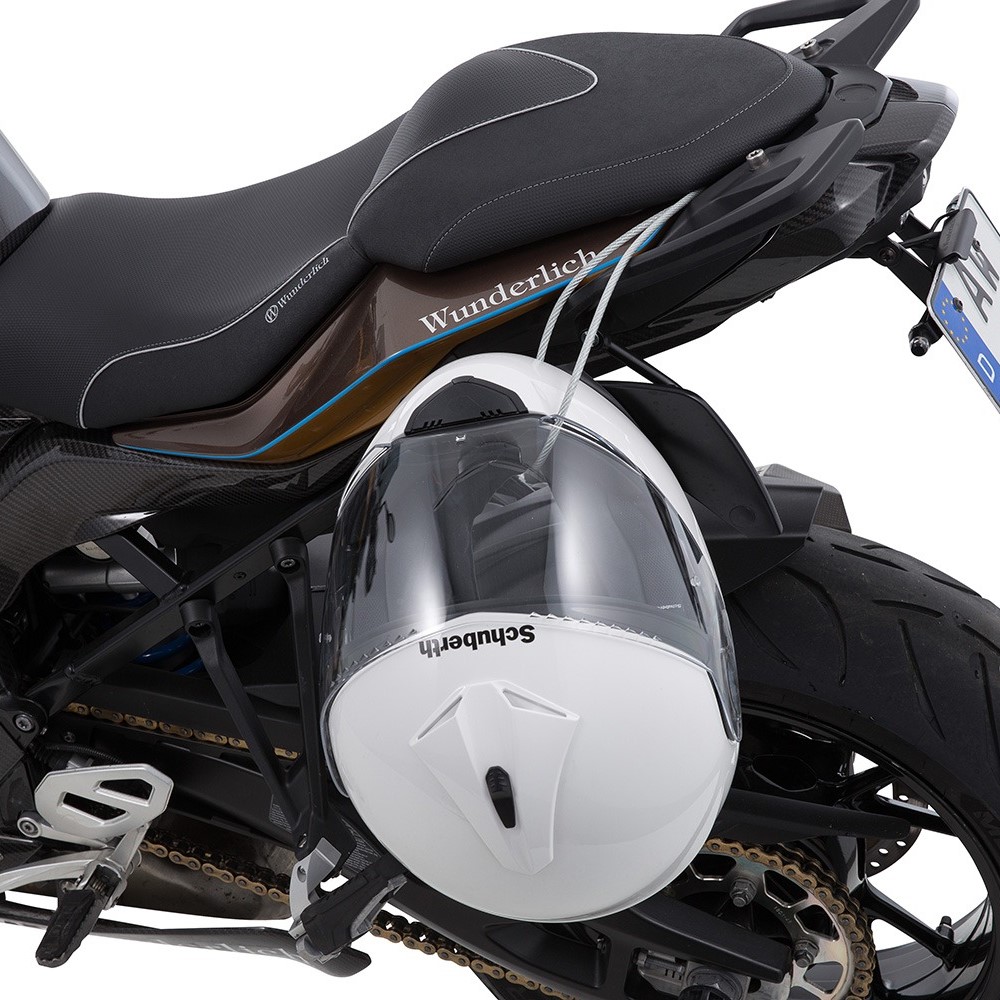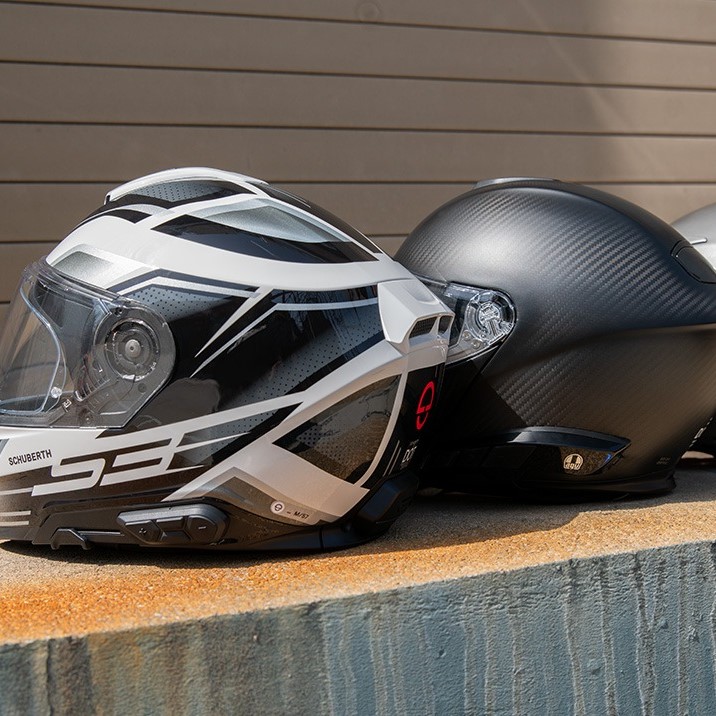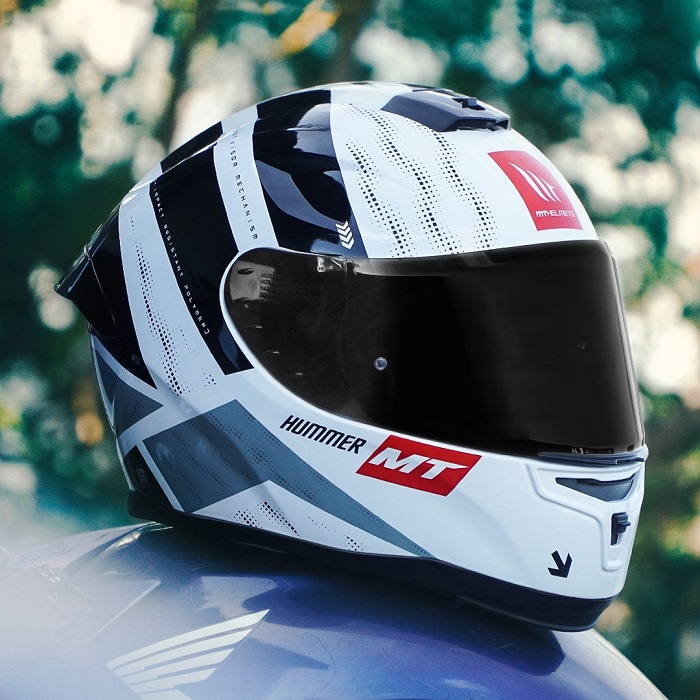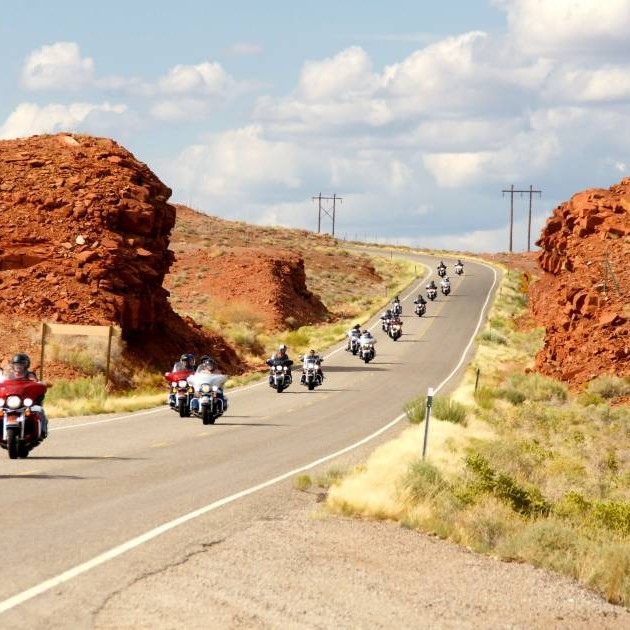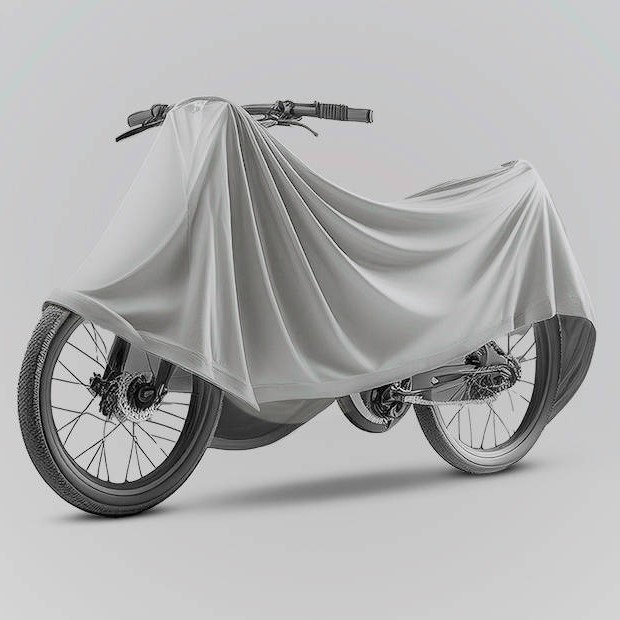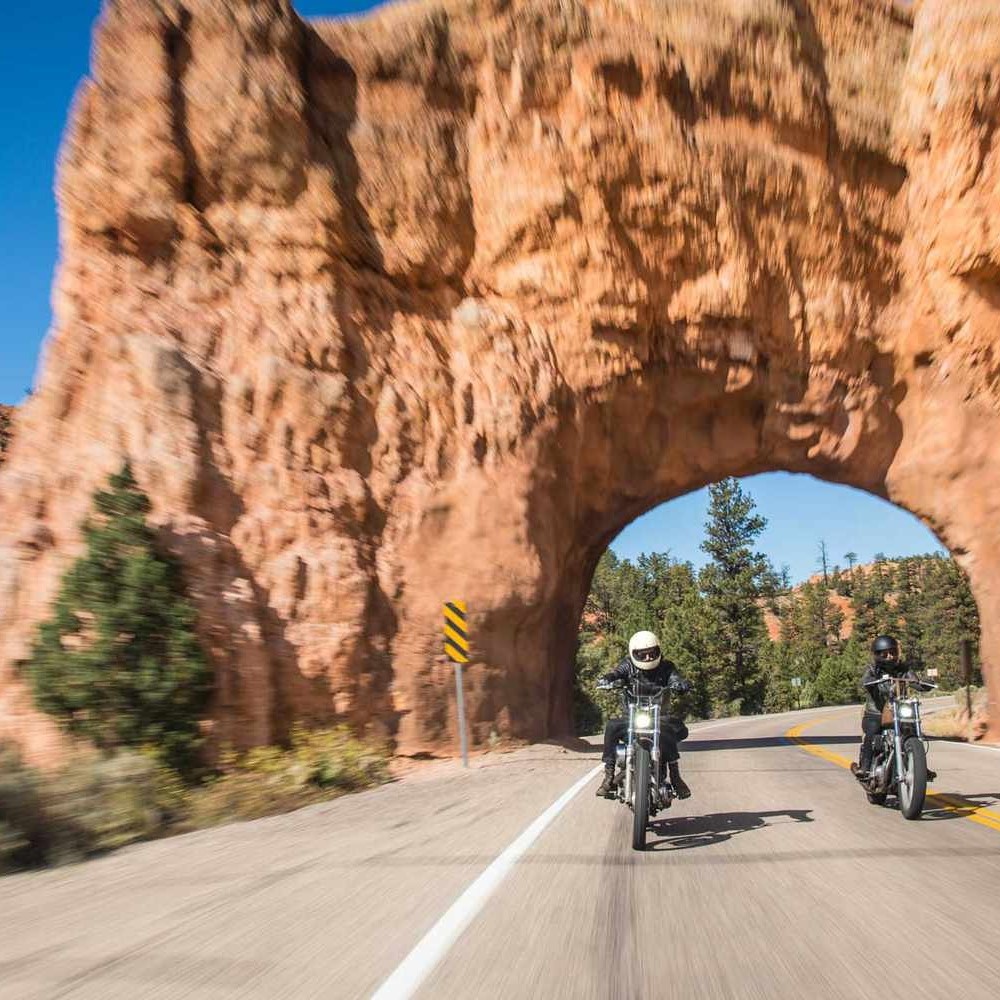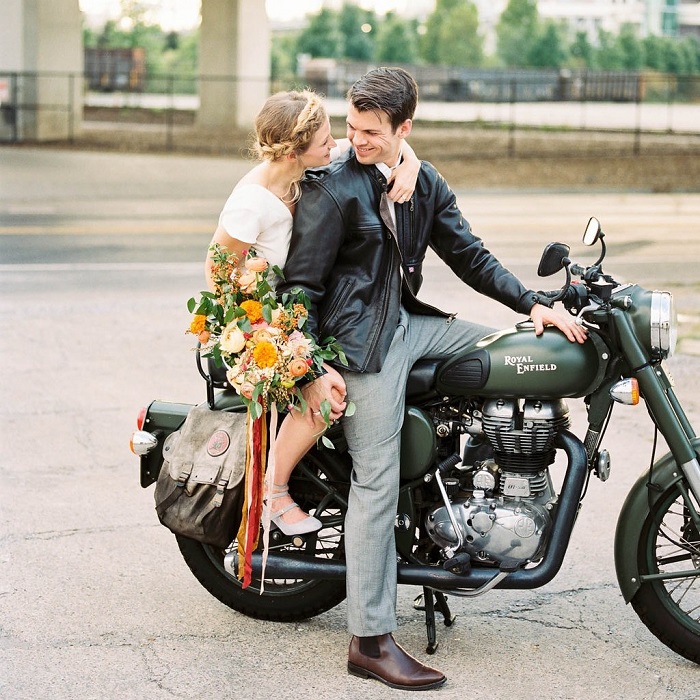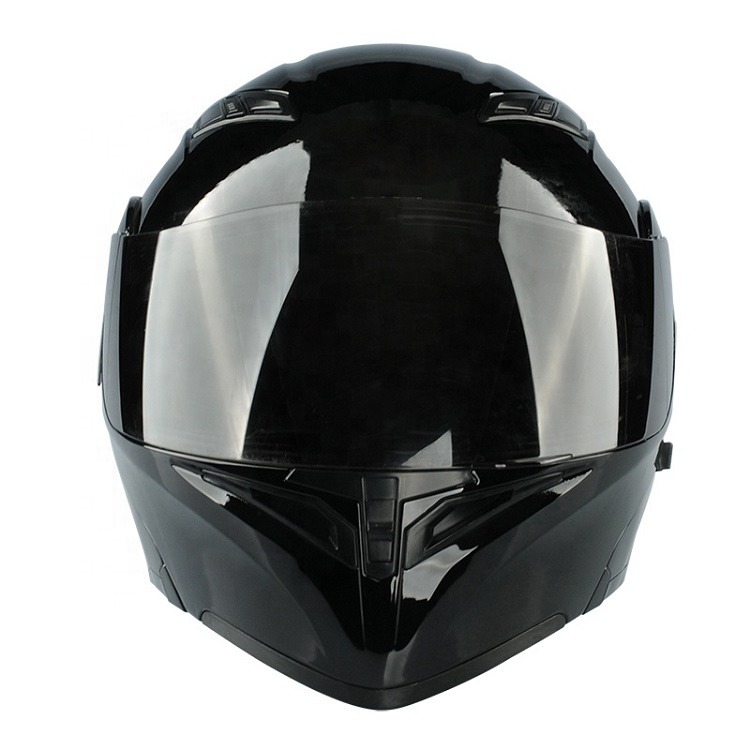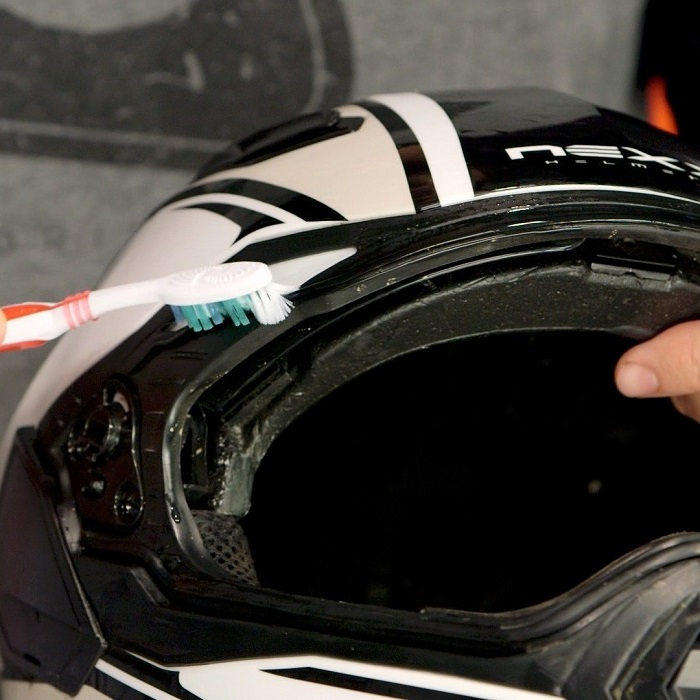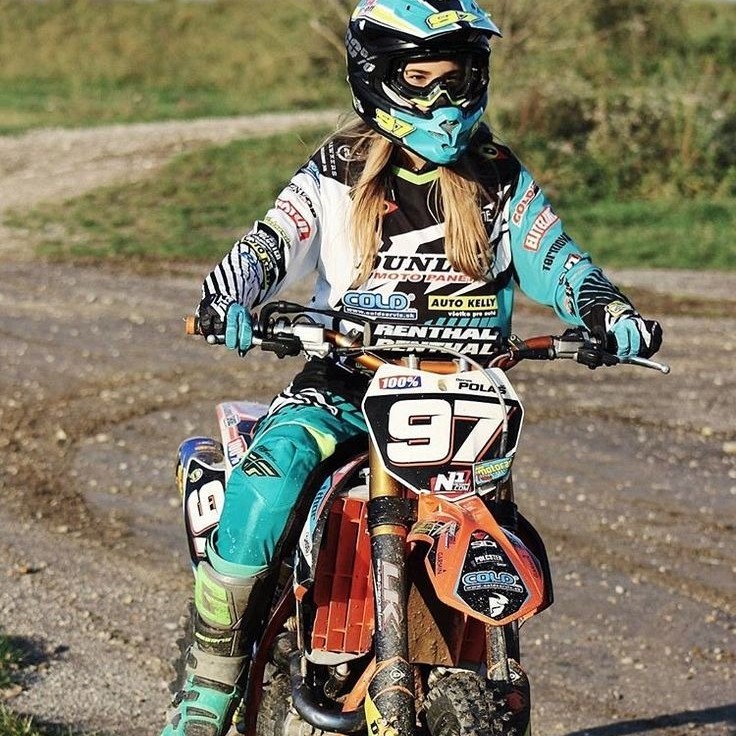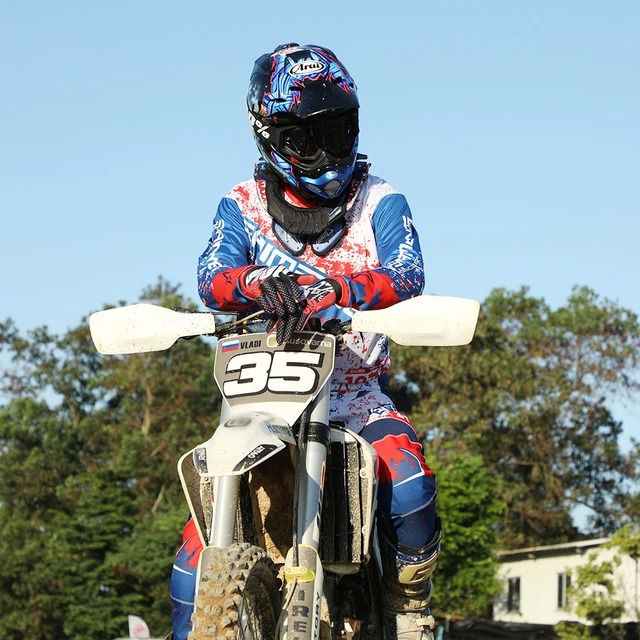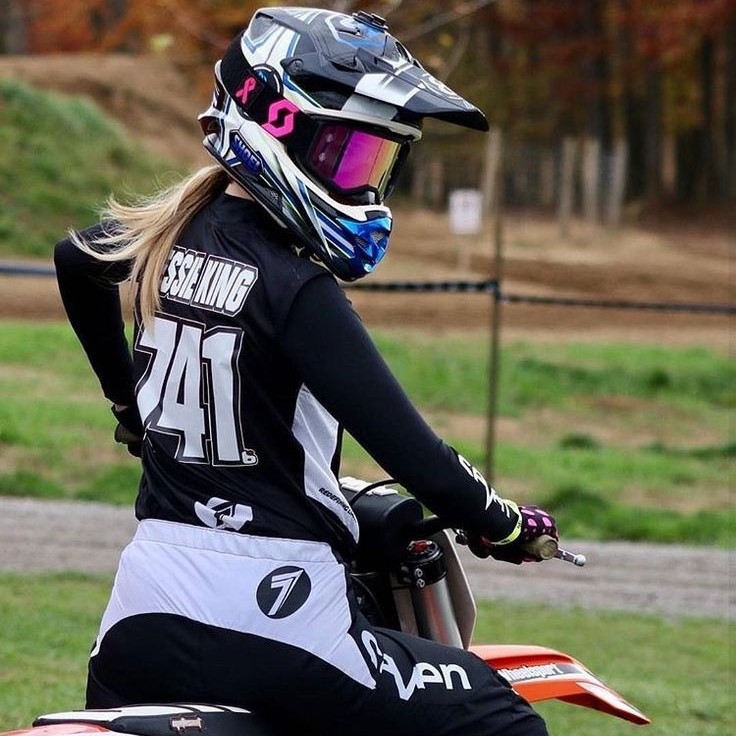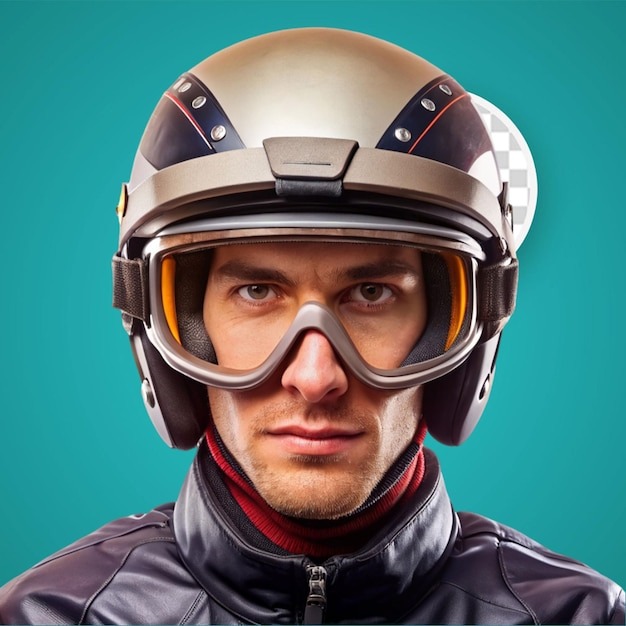Feb 20, 2025
How to Determine Motorcycle Helmet Size: A Complete Guide
Introduction to Helmet Sizing
Choosing the right motorcycle helmet size is crucial for your safety, comfort, and enjoyment while riding. A helmet that fits well will stay securely in place in the event of a crash, providing maximum protection. Furthermore, a good fit can also reduce wind noise and fatigue on long rides.
When starting the process of finding a new helmet, many riders wonder how to determine motorcycle helmet size effectively. The size of a motorcycle helmet is typically based on the circumference of the head. To find a helmet that fits correctly, you must take accurate measurements of your head. Then, compare these measurements to the manufacturer’s sizing chart.
It’s essential to note that not all helmets are sized equally. Different brands may vary slightly in their sizing standards. Therefore, understanding the different aspects of helmet sizing, such as helmet shape and fit, is as vital as measuring your head.
In the next sections, we will cover the steps for measuring your head, how to interpret sizing charts, and additional tips for ensuring that you select a helmet that offers the best fit possible. Remember, the time spent getting this right translates directly into riding safety and pleasure. So, grab a tape measure and let’s get started with the essentials of measuring for a motorcycle helmet.
Importance of a Properly Sized Helmet
A properly sized helmet is key to rider safety. In a crash, a helmet that fits well can be the difference between minor and severe injury. The fit is so critical because it ensures the helmet’s features work as designed. The inner linings, padding, and restraint systems form a protective barrier. They also support your head and neck during impacts.
Safety is not the only reason for a snug helmet; comfort is also a factor. A tight fit stops the helmet from shifting, which reduces distractions. Less movement means less wind noise inside the helmet. This can make for a quieter and more enjoyable ride.
Another reason for a perfect fit is fatigue reduction. A loose helmet can become heavy and put strain on your neck and shoulders. This can lead to quicker exhaustion on long trips. A right-sized helmet feels lighter and can help you stay alert.
In short, a helmet that fits right is crucial. It protects better in an accident, cuts down noise, and helps you ride longer. Remember, a helmet too loose or too tight is not just uncomfortable. It may not protect you as it should. So, knowing how to determine motorcycle helmet size is not just about comfort. It’s about your safety as well.
Measuring Your Head for a Motorcycle Helmet
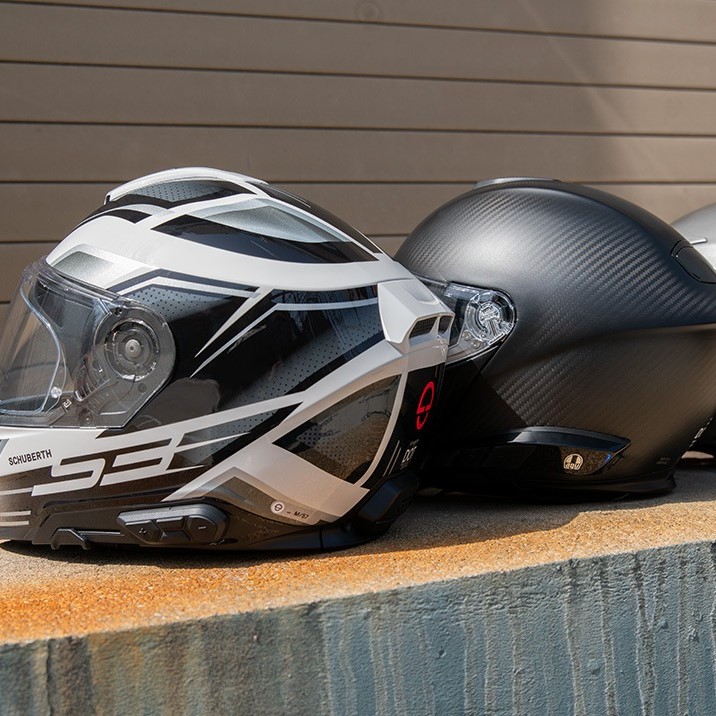
Measuring your head is the first step in finding the right helmet size. Start by getting a tailor’s tape measure. Make sure it’s flexible to wrap around your head properly. Stand in front of a mirror to ensure you position the tape correctly. Place the tape measure around the fullest part of your head. This is usually an inch above your eyebrows and ears. Keep the tape measure level for an accurate reading. Don’t pull it too tight – it should sit snugly, not constricted.
Write down the measurement in both inches and centimeters. Helmet sizes often use both units. It’s good to have both figures handy when checking different brands. After measuring, you’ll have the key number to start your search.
Repeat the measurement a few times to ensure accuracy. A consistent number means you’ve measured correctly. If you get different figures, measure again. It’s important to get this right for a helmet that fits well.
Now that you have your head circumference, you are ready to look at helmet sizing charts. Match your measurement with the correct helmet size mentioned on these charts. Remember, each brand may have slight variations. So, checking the specific sizing guide of each helmet is a must. It’s the smart way to learn how to determine motorcycle helmet size that’s perfect for you.
Understanding Helmet Shape and Fit
Once you know how to measure your head for a motorcycle helmet, the next step is understanding helmet shape and fit. This is critical, as the shape of your head must match the helmet shape for the best fit. Generally, helmet shapes fall into three categories: round oval, intermediate oval, and long oval. Your head shape will align with one of these.
Round oval helmets suit heads that are as wide from side to side as they are from front to back. Intermediate oval is the most common shape, slightly longer front to back. Long oval shapes are for heads that are noticeably longer front to back than side to side.
Identify your head shape by looking at the outline of your head from above. It can help to take a photo or have someone look from above while you’re seated. After you know your head shape, search for helmets designed for that specific shape.
The fit needs to be snug. The helmet should sit level on your head and not tilt in any direction. It must touch the top and sides of your head uniformly, without pressing too hard on any area. Wiggle the helmet side to side and front to back. A good fit means the skin on your forehead and scalp should move with the helmet. If the helmet slips or there’s space in some areas, it’s not the right shape or size for you.
The helmet’s interior padding will conform to your head shape, but it can’t adjust for an incorrect helmet shape. Therefore, trying on different helmets is the best way to ensure shape and fit are correct. Helmet fit is as important as its size. After all, a well-fitted helmet ensures safety and comfort while riding.
Reading and Interpreting Size Charts
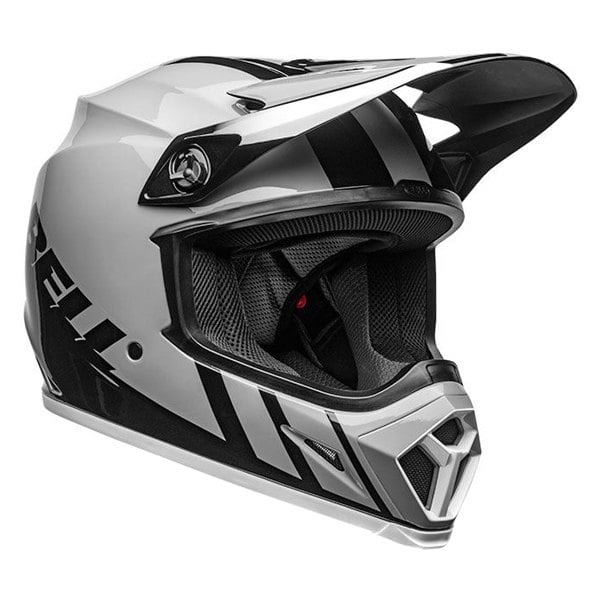
After you measure your head, the next step in how to determine motorcycle helmet size is using size charts. Size charts often look complex, but they are easy to use once you know how. Here’s what to do.
First, find the brand’s size chart. Look online or in the store. Each brand’s chart is different, so always check the one for the helmet you want.
Next, locate your head circumference on the chart. Find the number you wrote down in inches or centimeters. See what size it matches on the chart – usually, it’s labeled small, medium, large, and so on.
Understand that helmet sizes may be labeled by inches or hat sizes. If you’re not sure which size to choose, go for the larger option. It’s better to adjust a bigger helmet than to squeeze into a smaller one.
Remember, size charts are just a starting point. They can’t tell you about the helmet’s shape or how it fits your head. For that, you will need to try on the helmet, which we’ll cover in the next section.
Helmet size charts are a useful tool, but they are not the final say. To make sure you have the correct size, you will need to try the helmet on and make sure it fits snugly and securely. Trust this process to find a helmet that’s both safe and comfortable for your rides.
Trying on Helmets: Tips and Tricks
Trying on helmets is essential before you buy. Here’s how to do it right. First, hold the helmet by the chin straps. Place it on your head from above, not tilting to any side. It should fit snugly without excessive pressure. Make sure the helmet is level and the bottom edge is above your eyebrows. Turn your head from side to side. The helmet should move with your skin but not slide around. Nod your head up and down. The helmet should remain in place,
not slip forward or back. Double-check the fit. Press down on the helmet. It should not compress too much or cause pain. Listen for gaps. If you hear a hollow sound, the fit might be too loose. Now check the cheek pads. They should touch your cheeks without pressing too hard. Test the visibility. You should see well through the visor with no obstructions. Wear the helmet for a few minutes. Watch for any discomfort or hot spots that indicate a bad fit. Lastly, fasten and adjust the chin strap. It should be snug,
not choking or hanging loose. Follow these simple tips and tricks to make sure your helmet offers safety and comfort.
Adjusting for Comfort and Safety
Once you’ve found a helmet that seems to fit, adjustments are key. Here are steps to tailor the fit for safety and comfort:
- First, check the interior pads. They should evenly cushion your head and can often be adjusted or replaced.
- Next, assess the chin strap. It must be tight enough to keep the helmet on your head in a crash. However, it shouldn’t be uncomfortable.
- Then, look at the rear stabilizer if your helmet has one. It should make contact without pressing into your skull.
- Finally, make small adjustments to the positioning. Make sure the helmet doesn’t tip forward or backward.
A well-adjusted helmet reduces risks in an accident. It will stay in place and protect as intended. Also, a comfortable helmet lets you focus on the ride, not the gear. Make the extra effort to adjust your helmet. It’s a small step that has big benefits for riding safety and pleasure.
Your helmet is a vital part of your riding gear. Taking the time to ensure a proper fit is a must. Comfort enhances performance and safety on the road. A well-fitting helmet will give you the confidence to enjoy the ride to the fullest.
Common Mistakes to Avoid When Choosing a Helmet Size
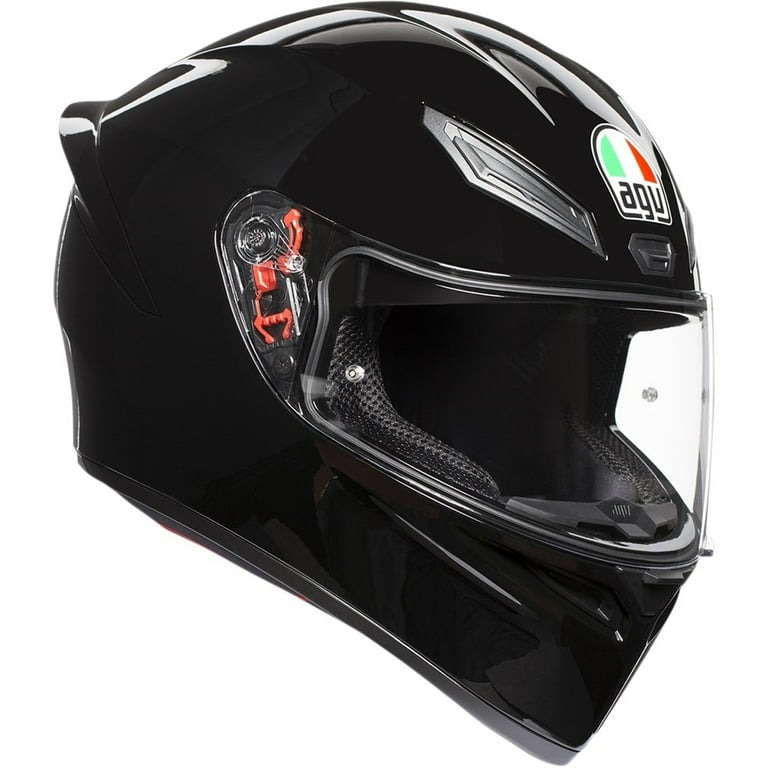
When aiming to determine the right motorcycle helmet size, riders often face common pitfalls. Here are mistakes to watch out for:
- Ignoring head shape: Not all heads are the same, and neither are helmets. Assuming any helmet can fit any head shape leads to discomfort and reduces safety. Make sure the helmet matches your head shape.
- Relying solely on sizing charts: Sizing charts are helpful, but they’re just a starting point. They cannot capture the unique contours of your head. Always try the helmet on before buying.
- Choosing a size based on hairstyle or headgear: If you have thick hair or plan to wear a bandana, consider this when selecting a size. A helmet that fits when you’re bald may not fit with a new hairstyle.
- Forgetting to check helmet positioning: A helmet should sit squarely on your head, not tilted back or too far forward. This could compromise protection.
- Using an old measuring tape: Using a stretched or worn measuring tape can give inaccurate measurements. Always use a well-conditioned tailor’s tape.
- Neglecting the cheek pads: Cheek pads should lightly touch your cheeks—neither too tight nor too loose. This affects how the helmet will perform in a crash.
- Picking style over fit: While a cool-looking helmet is tempting, fit and safety should always come first. Style should be a secondary consideration.
- Not adjusting the chin strap: The chin strap keeps the helmet secured. If it’s too loose or too tight, it won’t function properly in an accident.
Remember, a helmet is your most important riding gear. Avoiding these common mistakes can help ensure a proper fit. Always prioritize how to determine motorcycle helmet size for a safer, more comfortable ride.
More Details